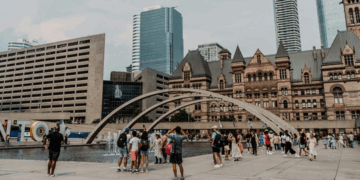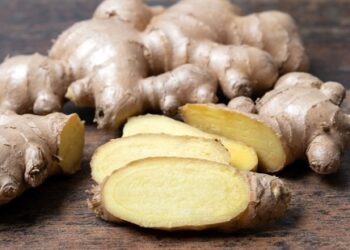Cultural critic and author Deepanjana Pal questions the state of Bollywood, once revered as a dream factory for millions of people, both in India and abroad. In her piece titled “What Happened to the Dream?”, Pal explores the evolution of Bollywood and its shift from a place of boundless imagination to one now dominated by formulaic plots, franchise films, and an over-reliance on remakes.
Bollywood, for decades, was synonymous with escapism and fantasy. It was a place where larger-than-life stories unfolded with vivid sets, extravagant costumes, and music that captured the hearts of audiences. From the opulent world of Raj Kapoor’s Mera Naam Joker to the fantasy landscapes of Yash Chopra’s Dilwale Dulhania Le Jayenge, Bollywood promised a portal to a world of dreams—where anything seemed possible, and every emotion was amplified for cinematic effect.
However, as Pal observes, the magic of Bollywood has started to fade. The larger-than-life glamour and imaginative storytelling that once made the industry a global phenomenon have been replaced by a monotonous reliance on sequels, remakes, and a recycling of old ideas.
In her critique, Pal delves into how Bollywood’s focus has shifted to mass market appeal rather than artistic innovation. Filmmakers, in their quest to attract large audiences, have leaned heavily into formulas that offer little risk or originality. The films that once promised an escape into fantasy have now become a reflection of mundane reality, with limited creative risks. She cites the rise of superhero franchises and star-led vehicles that often seem more concerned with box office numbers than telling new and exciting stories.
The decline of Bollywood’s “dream factory” is not just a critique of its output but also an indictment of the industry’s broader cultural implications. According to Pal, Bollywood’s role in shaping the cultural imagination has been undermined by a focus on commercial viability over storytelling. Once a place where social and political issues were addressed with allegorical nuance, the industry now seems more concerned with selling nostalgia, with a series of remakes and reboots that cater to a familiar, formulaic audience.
Pal also takes aim at the increasing influence of global streaming platforms, which, she argues, have offered a more diverse array of stories, giving rise to content that is both fresh and bold. As Bollywood lags behind in terms of narrative innovation, its biggest competitors—such as international series and films—have shown audiences new horizons for storytelling, leaving Bollywood to play catch-up.
However, the piece is not entirely dismissive of Bollywood’s potential. Pal acknowledges that Bollywood has the talent, the history, and the resources to return to its roots of dream-making. She challenges the industry to reconnect with its rich legacy of imaginative storytelling, urging filmmakers to take bold steps in rediscovering what made Bollywood the cultural powerhouse it once was.
In closing, Pal’s article serves as both a lament for Bollywood’s lost dream factory and a call to arms for the industry’s creatives to reclaim its position as a leader in global cinema. The dream may not be gone forever, but it seems to have become an elusive one—waiting for the right filmmakers to revive it.
Pal’s insights strike a chord with Bollywood fans and filmmakers alike, sparking necessary conversations about the future of India’s film industry and its potential to once again capture the hearts and minds of millions around the world.








 India
India












